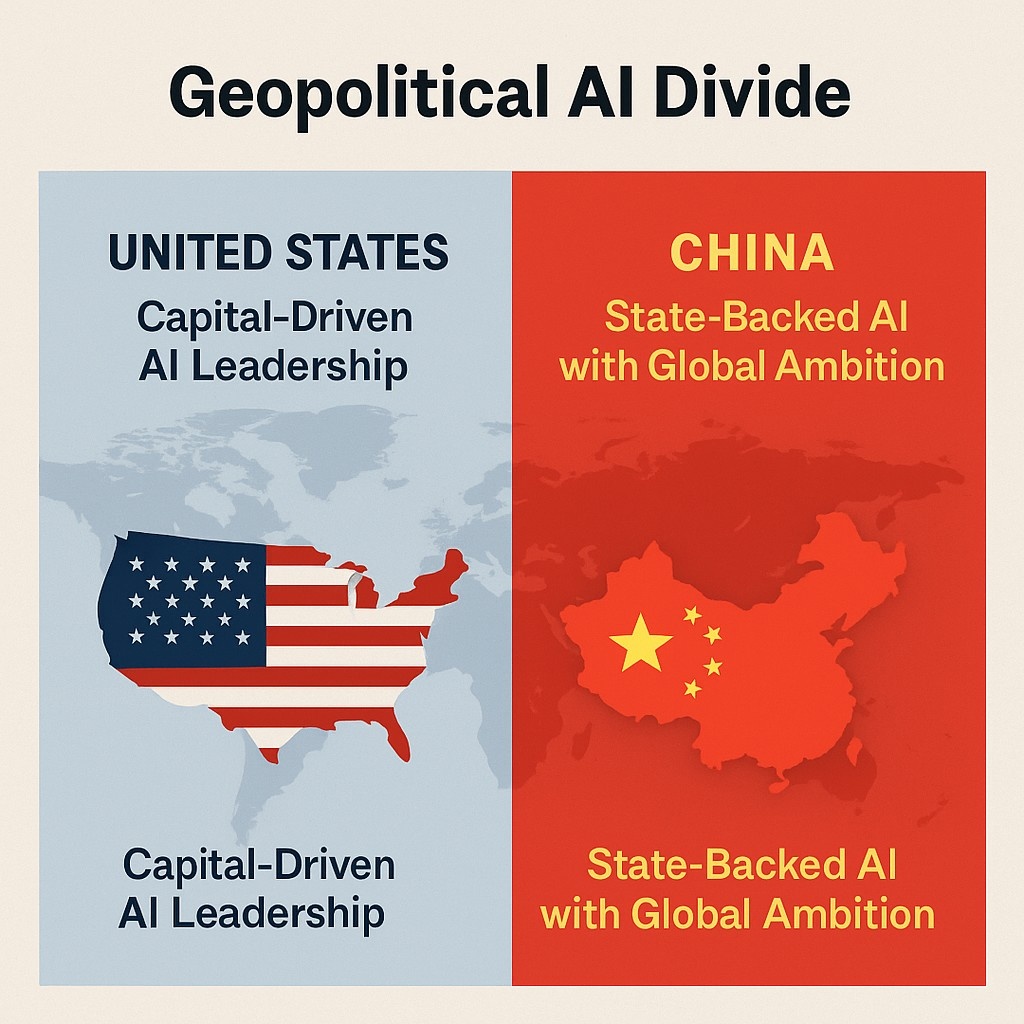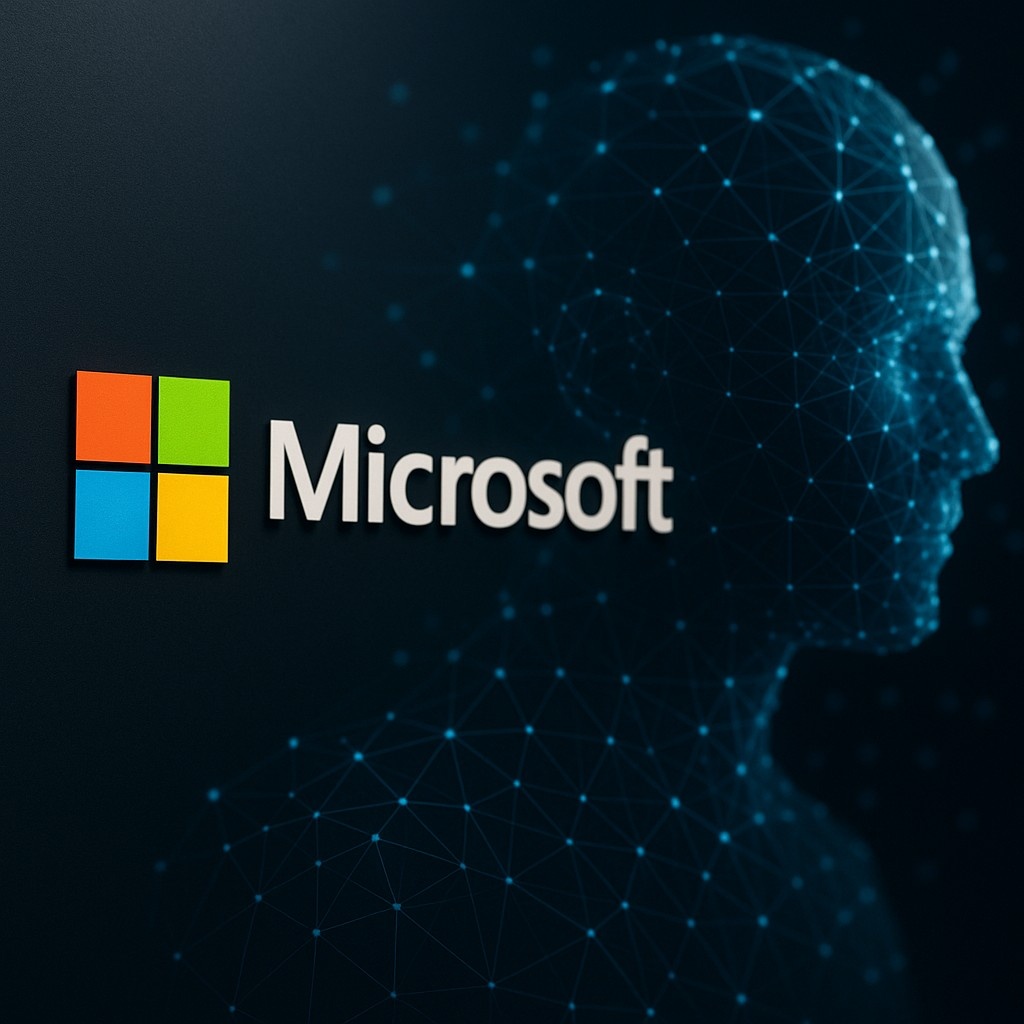IBM’s $150 Billion Quantum Leap: America’s Tech Future Is Being Rewritten
In a historic move on April 28, 2025, IBM announced a $150 billion investment plan — one of the largest in the company’s 113-year history — aimed at powering the next wave of technological transformation in quantum computing, artificial intelligence (AI), and mainframe infrastructure. This bold initiative isn’t just about growth; it’s about reclaiming America’s dominance in future-defining technologies.
As the world stands on the edge of a computing revolution, IBM’s investment sends a clear message: the future of quantum, AI, and secure enterprise tech will be designed, built, and scaled on American soil.
Why This Investment Matters
Let’s be honest — $150 billion isn’t just a number. It’s a tech war chest, a declaration of intent.
IBM plans to pour this staggering amount over the next five years into three critical areas:
- Quantum computing
- Artificial intelligence
- Modernizing its legendary mainframe systems
But beyond internal growth, this is also a national strategic play. It aligns with U.S. government ambitions to boost domestic manufacturing, reduce dependence on foreign chipmakers, and stay ahead in the global tech race — especially against China’s rising quantum ambitions.
1. Quantum Computing: Building the Future, One Qubit at a Time
IBM has been a leader in quantum research for years, but this funding gives it a massive push forward.
The company plans to:
- Expand its quantum research and production hub in Poughkeepsie, New York
- Invest in developing new quantum processors that could solve problems classical computers can’t even begin to touch
- Support partnerships with universities and national labs to speed up real-world applications
Quantum computing isn’t science fiction anymore — it’s rapidly maturing. It has potential applications in cryptography, drug discovery, climate modeling, and financial optimization.
This investment gives IBM a fighting chance to lead what many believe is the next computing paradigm shift.
2. Artificial Intelligence: Competing With Big Tech Titans
While Google, Microsoft, and OpenAI dominate the headlines in AI, IBM is taking a slightly different — but very strategic — path.
Instead of building one chatbot to rule them all, IBM’s approach focuses on:
- Helping businesses build their own AI agents
- Using IBM’s Granite model, along with open models from Meta and Mistral
- Offering seamless integration with tools like Salesforce, Workday, and Adobe
This model empowers businesses to create customized AI solutions rather than being locked into one ecosystem. It’s practical, scalable, and client-focused — a reflection of IBM’s deep enterprise DNA.
This investment will also go toward improving WatsonX, IBM’s flagship AI and data platform, making it smarter, faster, and more developer-friendly.
3. Mainframes: The Old Guard Gets a Modern Reboot
You may think mainframes are relics of the past — but here’s a stat that might surprise you:
IBM mainframes still handle over 70% of the world’s transaction value.
From banks to governments to airlines, mainframes are still the backbone of global infrastructure.
IBM plans to use part of the $150 billion to:
- Develop the next generation of Z-series mainframes
- Enhance cybersecurity, cloud-native integration, and AI workloads
- Ensure their systems remain unmatched in speed, uptime, and security
This may not be sexy tech, but it’s mission-critical tech. And it’s a big part of why IBM still matters.
Strategic Timing: Why Now?
This investment also carries clear political and economic undertones.
- The announcement aligns with a broader push by U.S. leadership to re-shore tech manufacturing
- It’s seen as part of the industry’s response to ongoing trade tensions with China
- By committing this massive sum, IBM joins the ranks of Nvidia, Intel, and Apple in showing loyalty to American soil
It’s also an effort to stay ahead of looming government budget cuts and contract losses that have impacted IBM in the past. With a war chest of $14.8 billion in cash reserves, the company has the financial firepower to make this bold move.
Jobs, Growth & Economic Impact
This isn’t just a win for IBM — it’s a win for American workers and regional economies.
- Thousands of high-skill jobs will be created across R&D, hardware engineering, software development, and manufacturing
- Regions like Hudson Valley, New York are expected to see significant economic growth
- The investment strengthens America’s position in the global race for technological supremacy
It’s also a major confidence signal to investors, signaling IBM is not just surviving — it’s preparing to lead the future.
Challenges Ahead (IBM’s Path Won’t Be Easy)
Despite the optimism, IBM isn’t walking an easy path. Here are some real-world hurdles:
- Quantum is still early-stage: Practical applications are years away, and many experts estimate full-scale quantum utility is still 5 to 15 years out.
- Heavy competition: Big players like Google, Microsoft, Amazon, and Chinese startups are racing neck-to-neck. Staying ahead will require non-stop innovation.
- Government volatility: Budget cuts, shifting regulations, and trade wars could still pose risks. IBM has faced unexpected government contract cancellations before.
Still, IBM appears to be playing the long game — and has the resources to endure.
Final Thoughts: IBM’s Tech Renaissance?
This $150 billion bet isn’t just about dollars — it’s about legacy, leadership, and long-term vision.
IBM was once the undisputed king of computing. Over time, that title faded as Apple, Google, and others rose. But this announcement may be the beginning of something powerful:
A true IBM renaissance — not by looking backward, but by owning the future of quantum, AI, and mission-critical computing.
If successful, this investment could transform the global tech landscape, reshape enterprise infrastructure, and redefine what American innovation looks like in the age of intelligent machines.
















